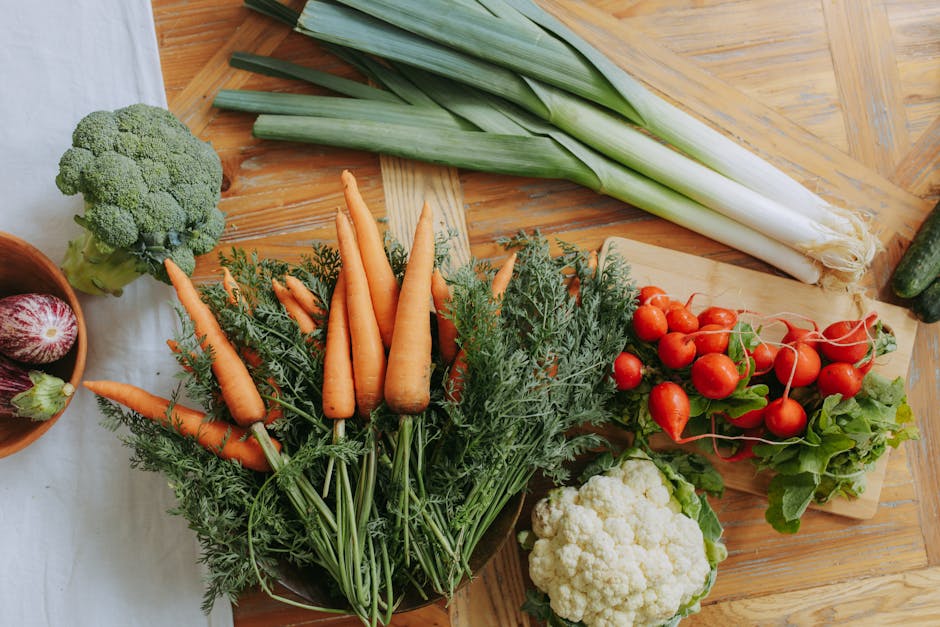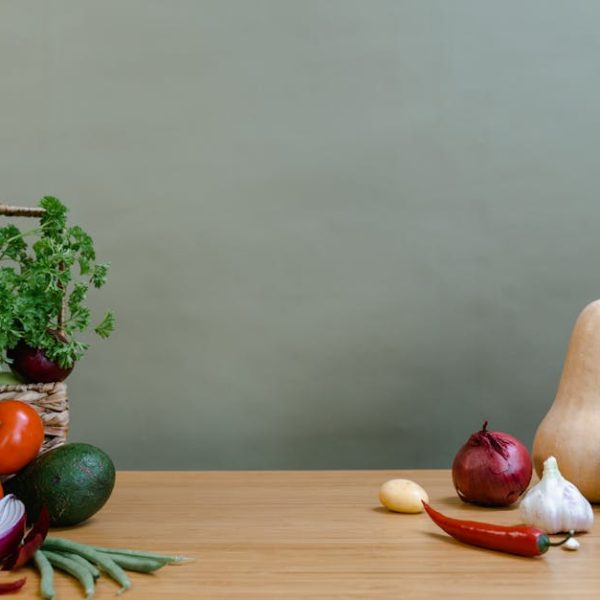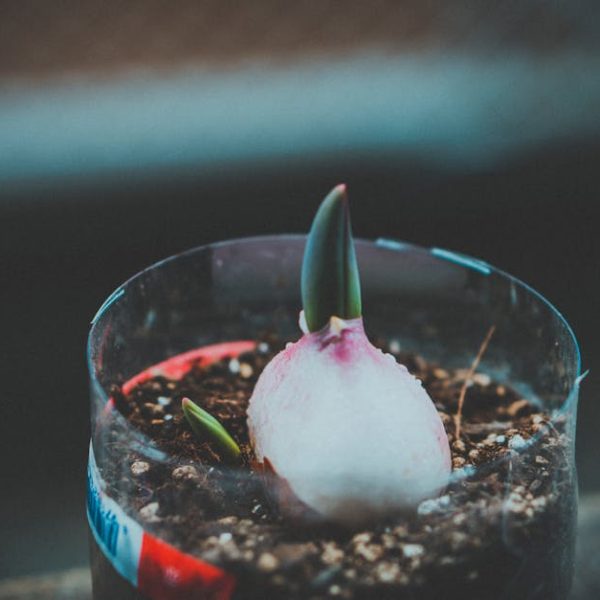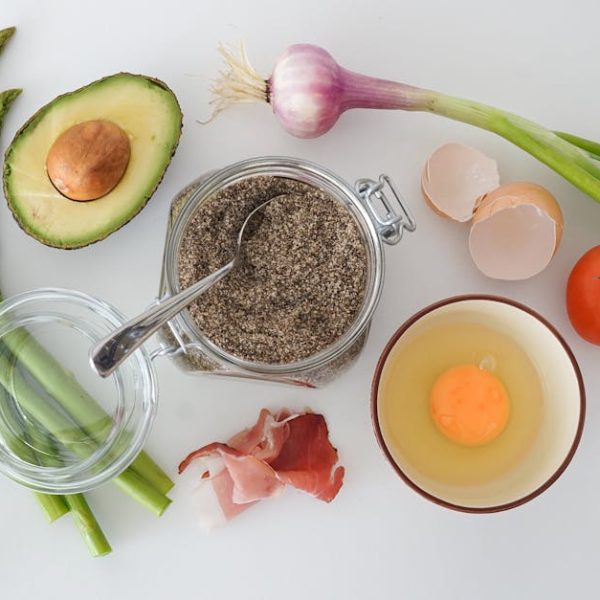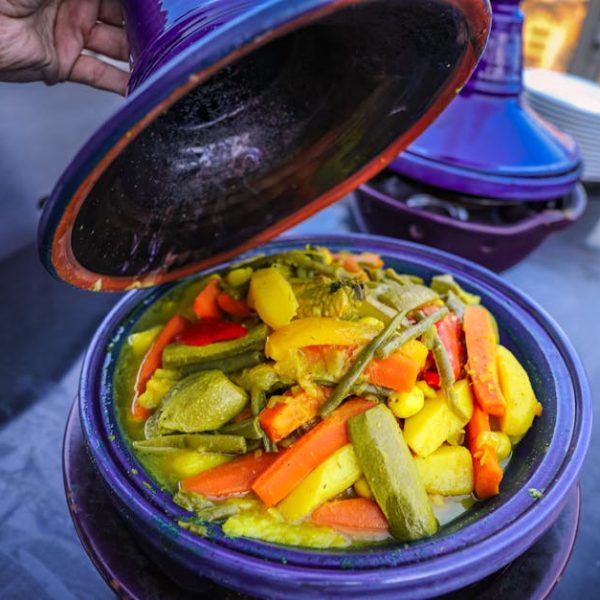The humble onion, a kitchen staple all over the world, is not just a one-size-fits-all ingredient. While most of us are familiar with the standard yellow, red, and white onions from our local supermarket, there’s a whole world of onion varieties out there – with differing tastes, appearances, and best uses. Each variety has its own unique knack that adds a spark to different creations, fronting the flavor in some dishes, mellowing out in others. To become a real culinary whizz, it’s time to explore these diverse onion types and discover their distinct characteristics.
Understanding the Basic Types of Onions
Let’s start by peeling back the layers on the three most common onion types we all have loved and teared up over: yellow, red, and white onions. Yellow onions, often known as brown onions due to their brown skin, are the all-rounders of the onion family, with an ideal balance of sweetness and astringency. When cooked, they become sweeter and impart a rich flavor to dishes – think French onion soups or caramelized onions.
Red onions, with their vibrant purple skin, are the crisp, mildly sweet variety that brings a pop of color and freshness to salads, pickles, and sandwiches. Their bite-size is enough to jazz up any salsa or atop pizza; however, cooking can mellow their edge.
The least assertive among the trio, white onions, are known for their crispiness and mild flavor, thus making them a good pick for raw uses, like in Mexican cuisine or white sauces where their paleness won’t influence the dish’s color.
Now let’s understand these further by comparing their characteristics:
| Type | Taste | Common Culinary Uses |
|---|---|---|
| Yellow Onion | Sweet and Astringent | Soups, Sauces, Caramelizing |
| Red Onion | Mild and Sweet | Salads, Pickles, Sandwiches |
| White Onion | Mild and Crispy | Raw Uses, Mexican cuisine, White Sauces |
Going beyond the Basics: Specialty Onions
Moving past the supermarket aisle, there are some onion varieties that promise a switch from the usual, opening up a new avenue for experimenting flavors. Shallots, often seen in French cuisine, is the subtly sweet variety that pairs well with delicate sauces and vinaigrettes due to its hint of garlic flavor.
Vidalias, the superstar of onions, known for their exceptionally sweet taste, are great for recipes that demand caramelize onions. Cipollini onions with their sweet, mild flavor, are ideal for roasting and pickling. Pearl onions, little gourmet darlings, are celebrated in stews and cocktails alike for their sweet, delicate flavor.
Here is why you might want to venture out to these:
| Onion Type | Pros | Cons |
|---|---|---|
| Shallots | Mildly sweet and garlicy flavor, versatile | Usually more expensive than regular onions |
| Vidalias | Extremely sweet, great for caramelizing | Seasonal, only available in late spring and summer |
| Cipollini | Sweet, great for roasting and pickling | Can be hard to peel due to their small size |
| Pearl | Sweet and delicate flavor, great in stews and cocktails | Time consuming to peel due to their small size |
Each type of onion brings its flair to the dish, expanding your culinary horizons. So, why not give these less common varieties a try next time you’re in the kitchen?
Scallions, Leeks, and Chives: The Aromatic Onion Cousins
Not only onions, but there’s a buffet of green relatives, classified as alliums, which bring character to a menu. Let’s begin with scallions, also known as green onions. They have a delicate taste and are generally used raw or added at the end of cooking to retain their flavor. Scallions are also a popular garnish, adding a dash of green freshness to a whole array of dishes.
Leeks, a mellow and slightly sweet allium, finely complement soups and broths or stand up on their own in a tasty leek and potato dish. Raw chives always give a mild oniony flavor with an aesthetic touch to dishes. They can top off a potato, perk up scrambled eggs, or act as a garnish to salsa and dips.
Let’s put the spotlight on some mouthwatering dishes where these alliums shine:
- Scallions: Stir-Fry dishes, Asian noodles, and dim sums.
- Leeks: Potato leek soup, leek risotto, and quiche.
- Chives: Mashed potatoes, omelets, and cream cheese dips.
Pro tip: Be careful not to overcook scallions, leeks, or chives, as too much heat can wilt their texture and reduce their vibrant flavor.
Choosing the Best Onion for Your Culinary Endeavor
Knowing your onions well can transform an ordinary dish into a culinary masterpiece. If caramelizing is your plan, go for sweet onions such as Vidalia or yellow onions. Grilling? The red onion could be your buddy as it holds its shape well under heat. Sauteing? Try shallots, whose garlicky sweetness will invigorate your stir-fry.
But remember, not all onions are equally interchangeable. While you could use a yellow onion instead of white in a pinch, the subtle flavors might alter a dish’s desired taste. Be sure to examine the flavor strength and cooking method before substituting.
To make things easier, refer to this quick checklist:
- Dish includes caramelizing ➠ Choose sweet onions or yellow onions.
- Grilling the onions ➠ Opt for red onions.
- Sauteeing or Stir-Fry ➠ Shallots are your best bet.
- Need mild and subtle flavor ➠ Go with white onions.
Another handy tool is a comparison table to decide when to use which type:
| Type | Preferred Use | Alternative Use | Notes |
|---|---|---|---|
| Yellow Onion | Soups and Sauces | Caramelizing | Common onion, versatile |
| Red Onion | Grilling and sandwiches | Salsa and salads | Can lose color when cooked |
| White Onion | Raw uses and Mexican cuisine | Grilling | Mild flavor, good for raw uses |
| Shallots | Sautéing | Mild for raw uses | A bit garlicky, more sophisticated |
Knowing Your Onions: Health Benefits and Nutritional Values
Onions don’t just add taste; they’re loaded with multiple health benefits, too. They’re packed with vitamins C and B6, fiber, and minerals like potassium and manganese. Their antioxidant and anti-inflammatory qualities can improve our cardiovascular health and stabilize blood sugar levels. They even act as a prebiotic, enhancing gut health.
However, excessive onion consumption can lead to heartburn and might trigger allergies in susceptible individuals. But, in moderation, they are a healthy inclusion to your diet.
Taking a look at the health pros and cons:
| Property | Pros | Cons |
|---|---|---|
| Nutrition | Rich in Vitamins B6 and C, Potassium, Manganese, Fiber | Potential digestive issues if consumed in excess |
| Antioxidant & Anti-Inflammatory | Promotes cardiovascular health, Stabilizes blood sugar levels | Can cause allergies in some individuals |
| Prebiotic | Enhances gut health | May cause gas and bloating |
Key Takeaway:
- Understanding the different types of onions can greatly enhance your cooking. Each variety has unique characteristics and are best suited for specific culinary uses.
- Onions not only add flavor to dishes, they also come with numerous health benefits. They are packed with vitamins and minerals, and have antioxidant and anti-inflammatory properties.
Remember, the world of onions is vast and each variety brings something unique to the table – be it in flavor, texture or color. Don’t hesitate to experiment and broaden your culinary scope; delve into the less common varieties. Understanding the nuances between different onions can truly elevate your cooking and make your dishes stand out.
FAQs
Q: What are the best onions for raw consumption?
A: White onions are often the best choice for raw use due to their mild and crispy nature. They are commonly used in salads, salsas and on sandwiches.
Q: How should I store onions?
A: Onions should be stored in a cool, dark, well-ventilated place to ensure they last long and don’t sprout prematurely. It’s best to avoid storing them near potatoes, as potatoes release moisture that can cause onions to spoil faster.
Q: Are there any onions suitable for people with a low tolerance to strong flavors?
A: Yes, there are. Shallots and white onions have a milder flavor compared to their other counterparts. They offer a subtle sweetness that works well in delicate dishes.
Q: What should I keep in mind when substituting one type of onion for another in a recipe?
A: It’s crucial to take into account the flavor strength and cooking method before substituting one type of onion for another. For instance, while a yellow onion could be used instead of a white one in a pinch, the subtle differences in flavour might alter your dish’s final taste.
Q: Can I eat onion leaves or stems?
A: Yes, the leaves or stems of certain kinds of onions like green onions and chives are edible and taste great when used in cooking. They’re usually used for garnishing and add a gentle hint of flavor to dishes.
We hope you found our guide helpful and that it encourages you to experiment with your dishes. Don’t forget to share this article with your fellow home chefs and explore more posts on our website!
